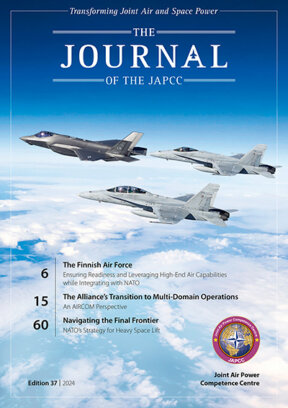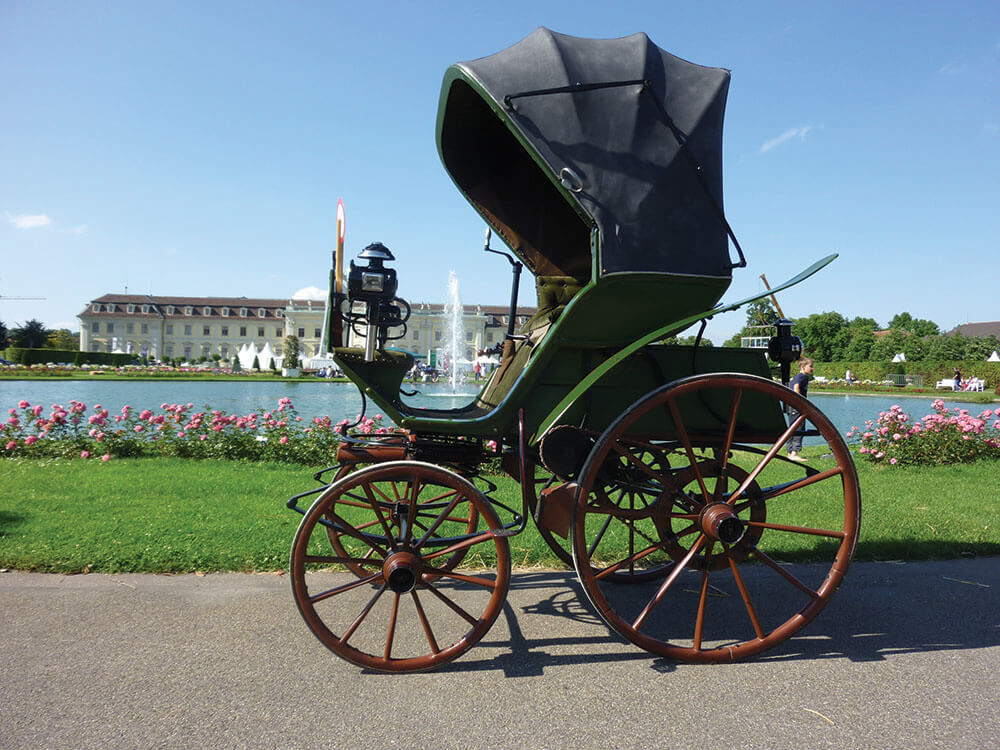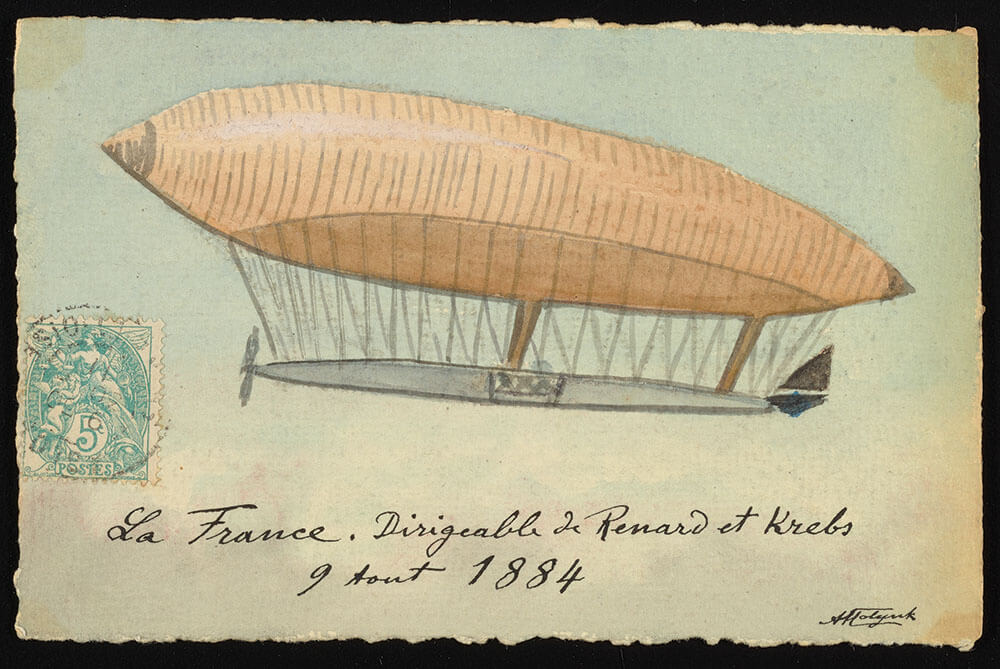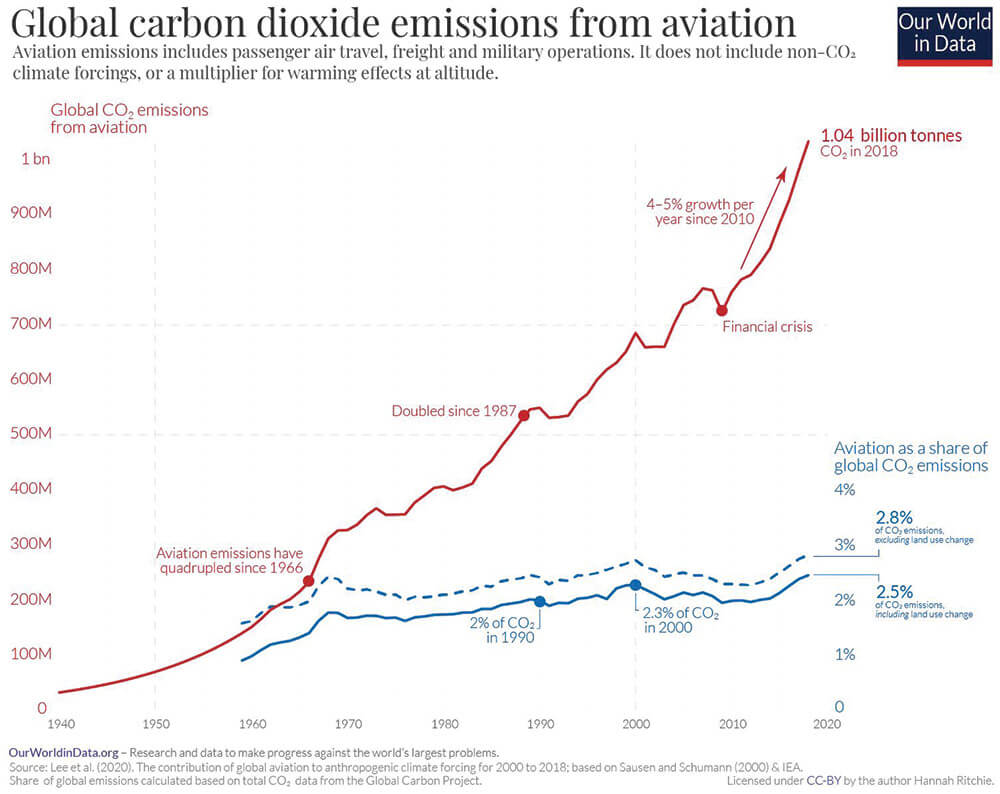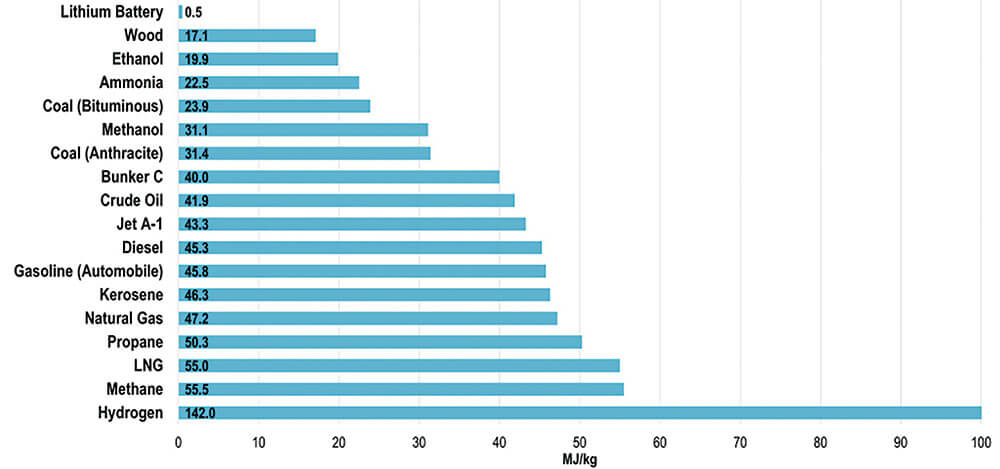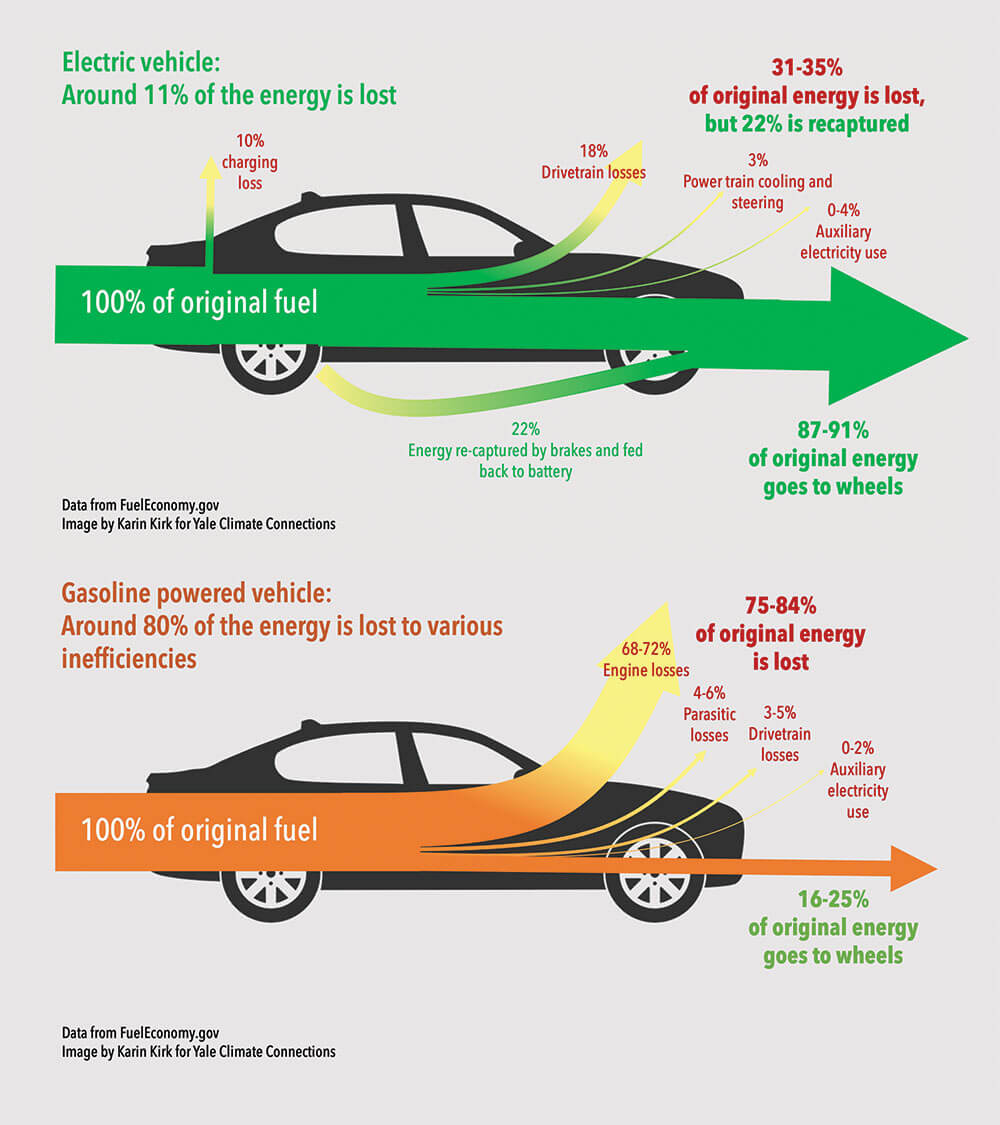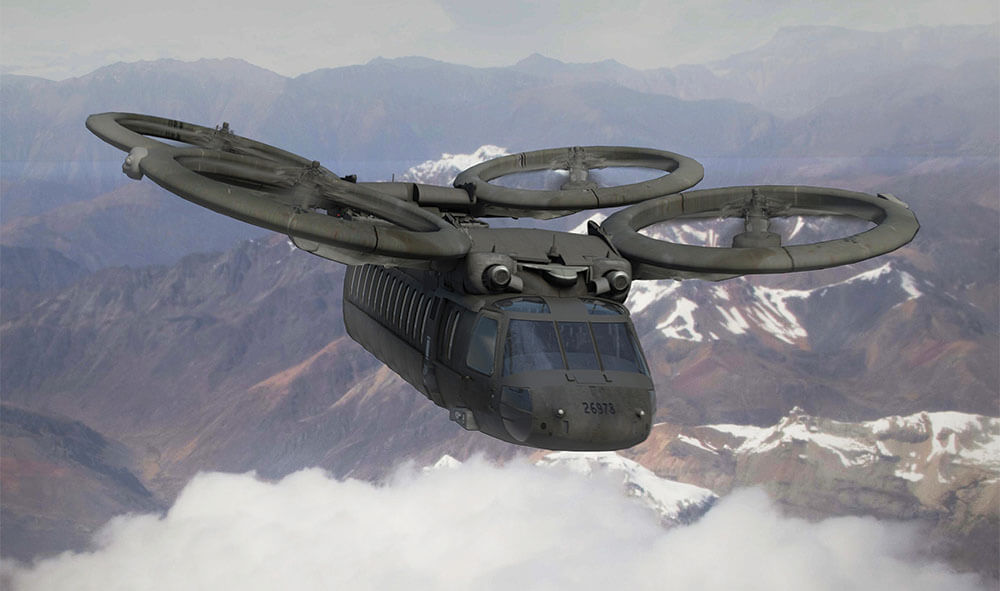Introduction
The trajectory of climate discourse has evolved dramatically over the years, reflecting the growing urgency of the situation. From the initial fears of global cooling in the 1970s to the subsequent shift towards global warming in the 1980s, the narrative has now evolved into the broader concept of climate change. However, the gravity of the situation has escalated even further in recent years, leading to the recognition of a full-blown climate crisis in the 2010s. Today, we find ourselves in the midst of a climate emergency. The message is clear: something has to happen.
How can we try to reverse things? Without a better alternative, the consensus seems to be to electrify ‘everything’– electrification is seen as the Holy Grail to save the climate.
But electrification is not as new as one might think–as early as 1828, society started to experiment with electric transport. Initially, it began with scaled-down versions of modified carriages, and the first full-scale ‘car’ was realised in 1888. The so-called ‘Flocken Elektrowagen’ was a German-built carriage powered by an electric motor with a lithium battery.
Figure 1: The world’s first electric car, the German-built Flocken Elektrowagen. © Copyrighted
Electric cars are not as new as one might think. How about electric powered flight, then? That idea also goes back surprisingly far. In the 1880s, two French army officers, Charles Renard and Arthur Krebs, put huge batteries combined with an eight-horsepower electric motor in a hydrogen-filled balloon to enable it to do what no balloon had done before: return to its launch site at the end of a flight.
Figure 2: Renard and Krebs’ electric balloon, the first to return to where it started from. © Copyrighted
However, despite this early triumph, there was no follow-up for about 90 years. Only in 1969, did brothers Bob and Roland Boucher start the current evolution by using electric motors for model aeroplanes. The seed was planted, and we are now in an era where much more is technically feasible regarding the electrification of flight. It truly is electrifying…
To fight the climate crisis, there is a growing push from the public and national and international regulators towards electrification in both earthbound and aerial transportation. Electric Vehicles (EVs) are becoming more common on the roads, and many countries are setting targets to phase out the sale of new gasoline- and diesel-powered cars. Similarly, the industry is developing and testing electric aircraft with the aim of reducing emissions and increasing efficiency. This is the time where the military world must jump on the bandwagon and come up with workable solutions for their part of the energy issue. Although the emphasis in the industrial world is on electrification, we should not rule out other options, such as synthetic fuels, biofuels, and hybrid systems, while maintaining a guaranteed energy supply to maintain operational flexibility and effectiveness.
Military Aspects of Energy Security
Military operations require enormous amounts of stable, reliable, and continuous energy, no matter the form, making it a critical enabler for NATO forces’ operations and logistics. However, it comes at a price:
‘Recent operations and growing environmental concerns have highlighted security challenges related to the extensive use of fossil fuels; it is not only a financial issue, but it also increases operational vulnerability of military forces and endangers environmental sustainability. Climate change is military-spoken a threat multiplier, affecting every military operation. It could (and most likely will) affect military capabilities and strengths and with that, the possible outcome in a crisis.’1
If the military world were to be cut off from its energy supply, everything would come to a standstill.
Aviation Emissions
Figure 3: The above figure includes CO2 emissions from all flights, including international and domestic passenger flights, cargo, and military flights. © Copyrighted
As expected, aviation is an active contributor to global greenhouse gas emissions. NATO alone burned roughly 250 million litres of jet fuel per day in 2022, and according to the International Energy Agency (IEA), the aviation sector accounted for approximately 2.5% of global CO2 emissions in 2019. This looks like a small proportion, but when emissions from other sources associated with aviation, such as nitrogen oxides (NOx) and contrails (both can cause trapped heat in the atmosphere) are considered, the total warming effect of aviation is estimated to be 2–4 times higher than the warming effect of CO2 emissions alone.2
Although aviation emissions are a relatively small percentage of total emissions today, their impact is significant and is expected to grow.
Energy Density
An important point to note for any flight is the amount of usable energy, retrievable from the type of combustible, known as the energy density, expressed in Mega joules per kilogram (Mj/Kg). The higher the energy density of the combustible, the more energy may be stored or transported for the same mass.
Energy density indicates how much ‘positive’ is for the ‘negative’. The positive could be explained as flight time, payload, range, etc., and the negative as weight, volume, fuel consumption or other adverse effects on the operational use of an aircraft. For now, liquid hydrocarbons, such as gasoline, diesel, and kerosene, are still the densest way known to economically store and transport chemical energy at a large scale.3 In comparison, jet fuel has an approximate energy density of 43Mj/kg,4 while the highest performing Lithium battery, possesses approximately 1Mj/kg.5 This is a significant difference, and although an electric motor is more efficient than an internal combustion engine in transforming stored energy into mechanical energy (see below figures), the weight of the batteries needed to store the same amount of energy as in kerosene is still very high.
Figure 4: A comparison of the Energy Density of Common Combustibles, expressed in Mega Joules per Kilogram. The higher the number, the more usable energy relative to its mass. © Copyrighted
Fortunately, researchers are constantly improving battery technology, and breakthroughs will make it possible to develop more powerful and lightweight batteries in the future. The solid-state battery, which uses a solid electrolyte instead of a liquid, has a higher energy density, which looks promising.
The Elephant in the Room
Battery technology has yet to reach a point where it can safely provide the same energy density as traditional fossil fuels. Getting an acceptable range from current battery technology requires a bulky and heavy storage system, including a temperature-regulating system for safety and efficiency. Furthermore, there is the issue of battery energy output versus ambient temperature. Low ambient temperatures cause a battery to perform less than at high ambient temperatures, which could cause significant operational limitations when operating in colder areas. Although high temperatures may positively affect the battery output, it will negatively affect the battery’s life cycle and internal temperature, which might build to the point of self-combustion.
Several strategies can be employed to mitigate the weight issue. One approach is to use more lightweight materials and designs to reduce the weight of the rest of the aircraft, and although this will increase cost, it might also be beneficial for use on current military aircraft. One could also make use of unmanned flight, where you replace personnel and non-essential equipment with batteries. This can offset some of the batteries’ weight and improve the aircraft’s overall endurance. Both strategies have implications that may be a bridge too far for the military now, but it is certainly worthwhile to further investigate the possibilities, positive effects, and military implications.
Figure 5: Electric-powered vehicles are far more efficient than internal combustion engines. This advantage is partly offset by the large size and weight of the battery.6,7 © Copyrighted
Apart from the energy storage challenges associated with electric helicopter flight, the logistical support could also present some challenges. Batteries require a charging infrastructure that can provide high levels of power, and this infrastructure may not be widely available or easily accessible in all locations, either when replacing an empty battery with a full one or charging on site. Furthermore, the charging time for batteries is longer than the refuelling time for traditional fossil fuel-powered aircraft, which could impact mission readiness and turnaround times. And lastly, the weight and expected high cost of replacement batteries due to airworthiness requirements will affect the supply chain.
However, it’s important to note that these challenges are not insurmountable, and the electric aviation industry is working to address them. For example, there are efforts to develop charging infrastructure that is more portable and can be easily transported to remote locations.8
Figure 6: Artist’s impression of a possible electric military helicopter in the future. © US Army
Are There Positives?
For years, the industry has been working on hybrid-electric aircraft for commercial use, and they are making good progress.9 For example, New York City had its first demonstration flights with electric vertical take-off and landing (eVTOL) aircraft in November 2023, and Japan’s national airline ANA is aiming for commercial eVTOL flights starting in 2025. The industry recognizes the potential.
The electric drive train knowledge acquired in these commercial applications is beneficial for developing electric military aircraft. In addition to the environmental benefits of electric flight, it has the potential to provide significant military benefits. The absence of smelly emissions, reduced noise levels and heat signatures (less trackability) and less sensitivity to flammability/explosiveness when under fire are highly desirable properties for military operations. In addition, electric aircraft will have fewer and simpler drivetrain components, such as batteries and electric motors, compared to currently used aircraft that require fuel tanks, internal combustion engines, gearboxes, and axles, thereby reducing the number of components that can fail, potentially improving reliability. Aviators would benefit from this, and the supply chain for spare parts would be less stressed than for traditional aircraft.
This will have a positive impact on maintenance, repair activities, employability, and sustainability.
Near Future
While it is difficult to predict the exact timeline for adopting electric flight in the military, there are some promising signs of progress.
For example, within the Joint Capabilities Group Vertical Lift (JCGVL), the US Department of Defense is looking into the possibilities for an all-electric helicopter intended to provide improved speed, range, and agility compared to existing helicopter designs. Furthermore, the Slovenian and Danish Air Forces are evaluating the Velis Electro as a basic pilot training aircraft.10 Also, the United States Air Force has conducted its first manned electric flight with an eVTOL with military airworthiness.11
The aviation industry is becoming more focused on reducing emissions and improving sustainability, which could drive greater investment and innovation in (military) electric flight technology. In the meantime, using synthetic fuels, biofuels, or hydrogen fuel cells can be an interim solution to the climate problem.
Synthetic fuels, also known as e-fuels, are produced using renewable energy sources such as solar or wind power to produce hydrogen, combining this with carbon dioxide captured from the atmosphere or industrial processes.
Biofuels produced from renewable sources such as algae or agricultural waste reduce greenhouse gas emissions compared to traditional jet fuels since they burn cleaner and are more carbon neutral.
Hydrogen fuel cells, which produce electricity through a chemical reaction between hydrogen and oxygen, have also shown promise as a potential power source for aircraft.12
Conclusion
With a world adapting to the changing climate and where electrification of transport can contribute to reducing greenhouse gas emissions, the military sector will have to conform under the influence of public opinion and national and international regulations. With regard to the effective use of military electric aircraft, there is still a long way to go, but there are also benefits to be achieved. Apart from the environmental advantages, electric aircraft also have the potential to offer significant military advantages such as reducing emissions, noise levels, and heat signatures, and being less flammable/explosive under fire.
Unfortunately, electric aircraft face several significant technical challenges, particularly in terms of battery technology and weight/range limitations. While there have been some recent advances in battery technology, batteries are still heavy and have limited energy density compared to traditional fuel sources. For now, electric aircraft have more limited range, endurance, and load capacity than traditional aircraft. Although there are challenges associated with achieving operationally viable electric aircraft as a substitute for fossil fuel aircraft, overcoming these challenges over time is possible. There are ongoing developments in battery technology, charging possibilities, material composition, autonomous flight systems, and other AI-powered technologies that could help address some of the key limitations of military electric helicopter flight. It is up to the military to set the requirements and to industry to innovate and develop the necessary techniques. In the meantime, to address the climate issue, the military could use interim solutions such as the use of synthetic fuels, biofuels, and hybrid drive.
Transitioning to new energy solutions and, ultimately, electric drive is not an easy task and will undoubtedly impact how operations are conducted. But based on the advantages, combined with the current pace of developments and the perceived necessity for cleaner aircraft, it is likely that electric aircraft will play an important role in military operations in the years to come. To continue to ensure the employability of any nation’s armed forces, it is a transition effort that every country should already be working on.

